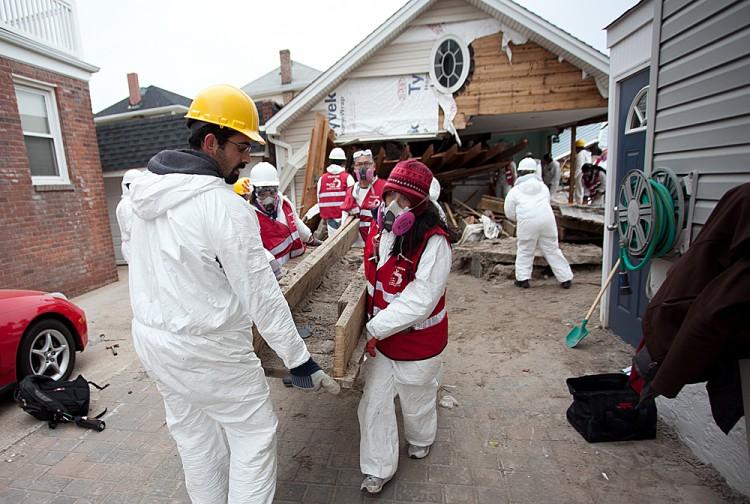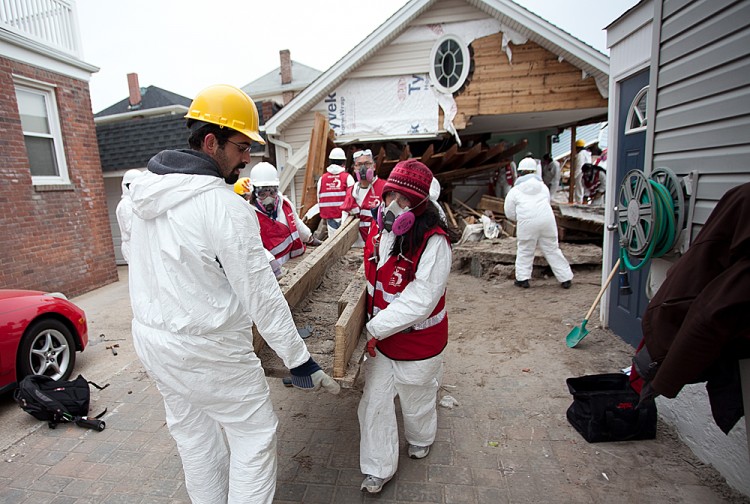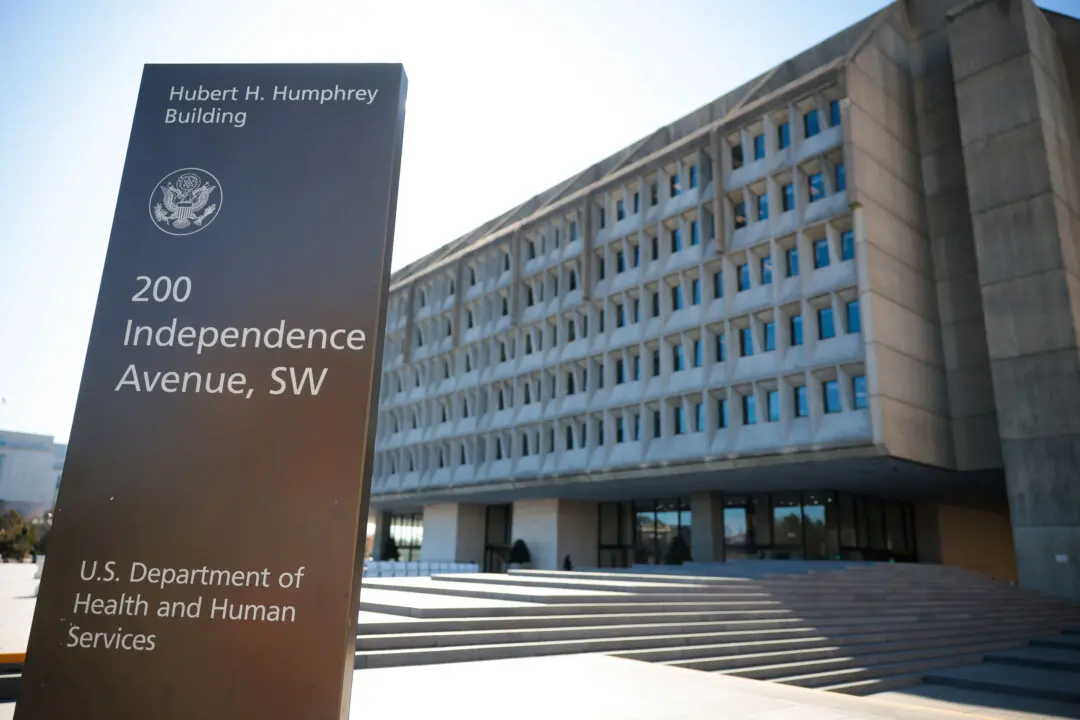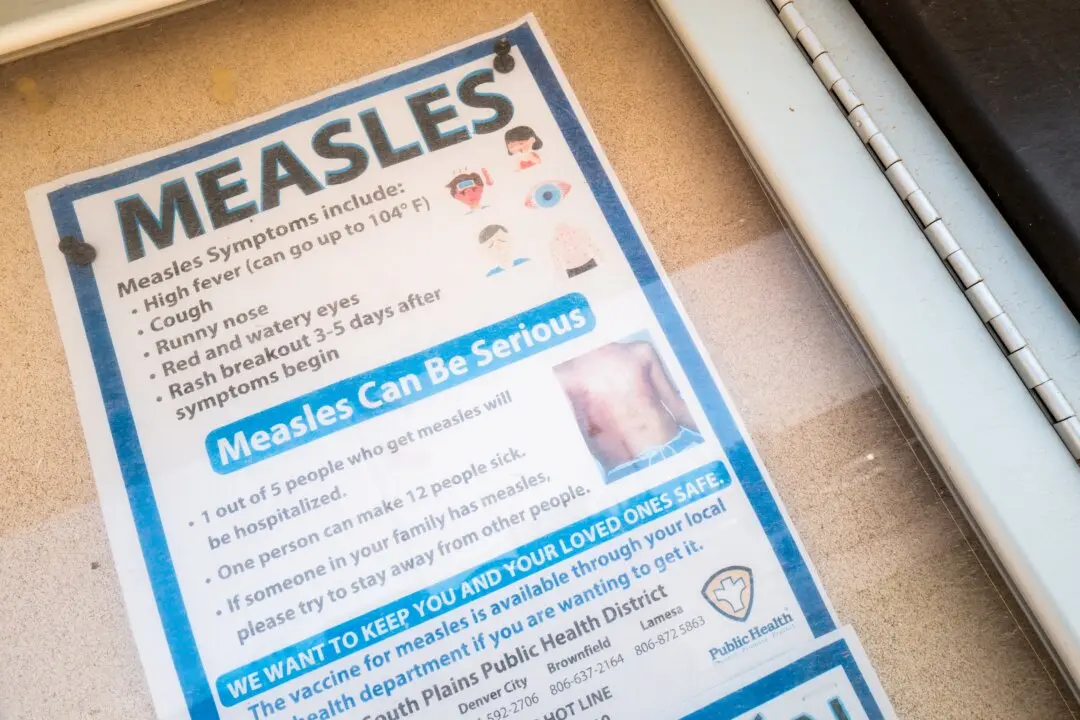NEW YORK—Caitlin Foley has gained a lot from volunteering. She attributes her volunteering partly to her family, who taught her the value of getting out and helping. She also simply enjoys it.
Foley, 24, just finished serving two one-year stints with Americorps, a volunteer position with a stipend.
The mix of volunteering and working gave her more responsibility than a less substantial volunteer role, she said.
“You are able to help more people get involved in a much deeper way than if you were just a volunteer in another way,” she said. “It’s different from someone coming in for a few hours here and there.”
She also volunteered last fall with a Community Supported Agriculture group, which distributes fresh food from farmers.
There are three different kinds of volunteers, according to a state commission report: one-shot helpers, who provide help at one event or a series of isolated events; continuing contributors, who commit to an organization for longer period of time; and deeply committed leaders, who spend a lot of time and energy assisting an organization.
Foley is a continuing contributor.







